In need of decorating inspiration? You’ve come to the right place: Since One Kings Lane’s 2009 launch, we’ve been lucky enough to speak with scores of designers. Here we’ve culled pearls of wisdom from 25 favorites to help inspire you.
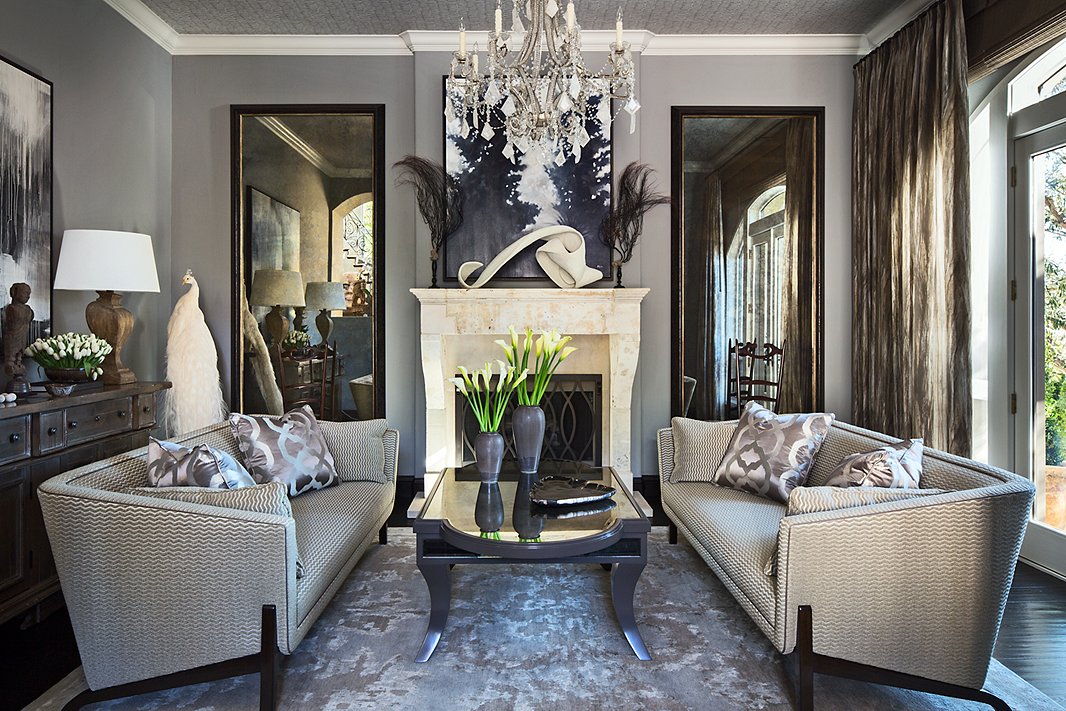
Photo by Grey Crawford; design by Jeff Andrews.
“I generally start with something that makes sense to me in a room, and then I build on that. And though it may seem monochromatic, there’s tons of layers, textures, and subtle pattern that go into making something feel like it’s colorful even if it’s in a more muted palette. Everything is a color.”—Jeff Andrews
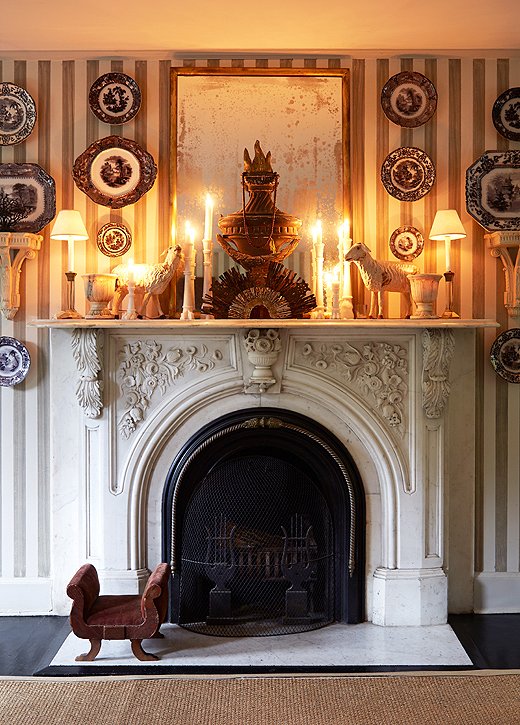
Photo by Manuel Rodriguez; design by Dransfield & Ross.
“It’s much easier to match your furnishings to your paint than to match your paint to your furnishings.”—Corey Damen Jenkins
“I approach color very carefully—you will not often see me use a bold color on a wall. I like to just blend a natural wall color into a room and use eye-popping color—my favorite is red—for accent pieces that can come in the form of throw pillows, trims, or case goods. Another clever way to apply color to a room is to paint the inside of a bookcase; it makes the piece of furniture more interesting and becomes a focal point in the room.”—David Easton
“Home is the place where no one else is dictating anything. It’s all about you.”—Brigette Romanek
“Texture is what makes a space dynamic. It’s what enlivens the room—that rough against smooth, hard against soft. One of the most important parts of what I do as a designer is create that tension in the room with surfaces.”—Beth Webb
“Most people don’t have enough lighting in their home. Every space needs three to five light sources. For a space that doesn’t have a lot of natural light, it is essential to have multiple light sources.”—Nate Berkus
“I think lampshades and cushions are the shoes and handbag of the design trade.”—Nina Campbell
“Colors tend to be cooler during the summer and warmer during fall and spring. It’s also important to think about when you’re going to use a room, whether it’s a night room or a day room, and to swatch your colors during both times of day.”—Geoffrey Ross
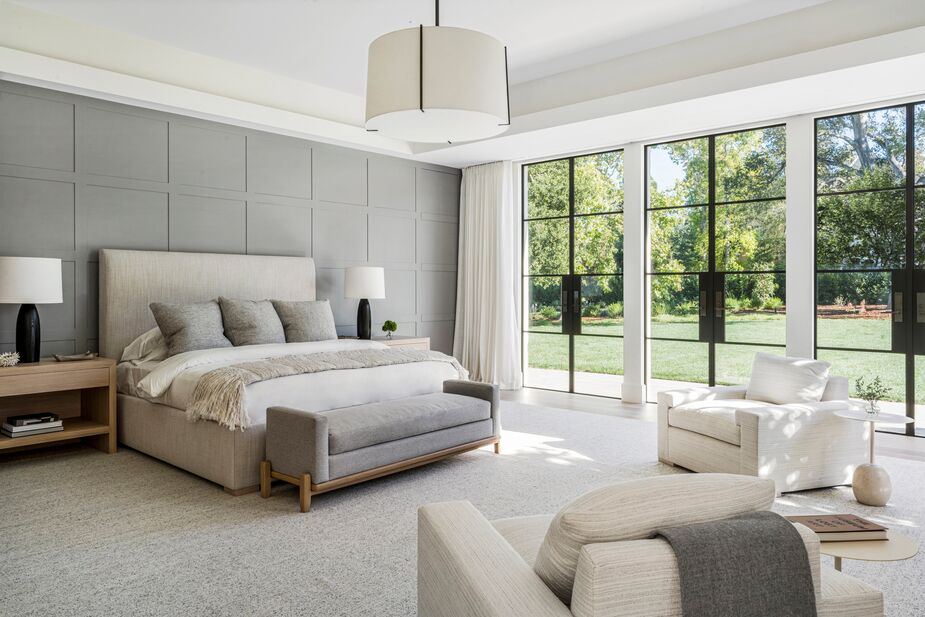
Photo by David Duncan Livingston; design by Heather Hilliard.
“When choosing bedroom colors, you should make sure they look good on you, like clothes.”—Heather Hilliard
“It’s about not being all modern or all traditional or all new; it’s that ratio of old to new. A space with everything custom-made in the room would look like a model apartment; if I did everything antiques, it would feel imposing. You have to thread things together.”—Celerie Kemble
“Taking everything out of the room and putting it back in allows you to see the room in a different way, in a short time.”—Thomas Jayne
“I believe there are four components of design that take a room beyond pretty or livable and make it extraordinary: contrast, proportion, color, and balance. To me, these essential elements represent hundreds of years of reasoned design choices that are critical to the way I approach space.”—Alexa Hampton
“There should be a harmony between the social spaces of the home—the dining room, kitchen, and living room. They don’t have to be the same color, but you should get a subconscious feeling of continuity.”—Mollie Johnson
“You don’t want your interior look to be like a hot outfit you wear once! You want the type of pieces you’ll want to wear for at least five years.”—Lilly Bunn
“I like rooms that evolve over time, so I always want spaces to be slightly underdone in terms of accessories. Your kid might make something out of clay that you want to put on display, or you might buy something on a trip. Nothing should be so set that you can’t change it.”—Michael S Smith
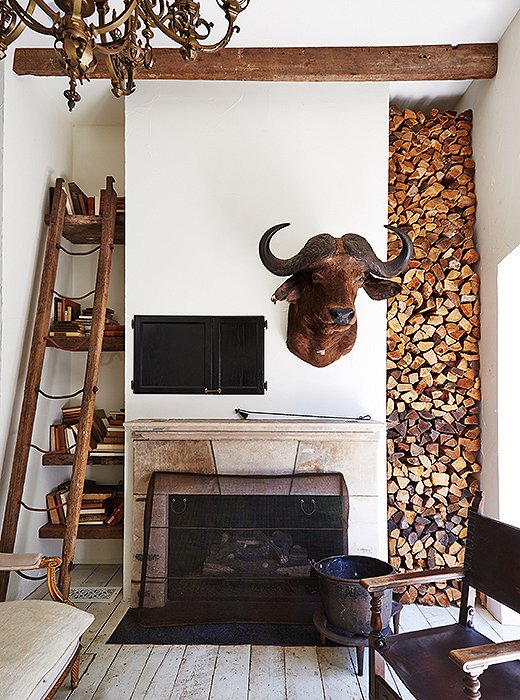
Photo by Frank Tribble; design by Daryl Carter.
“I truly do believe less is more… buy things that you love and that are meaningful to you. A space doesn’t have to come together all at once, and not everything has to have provenance.”—Daryl Carter
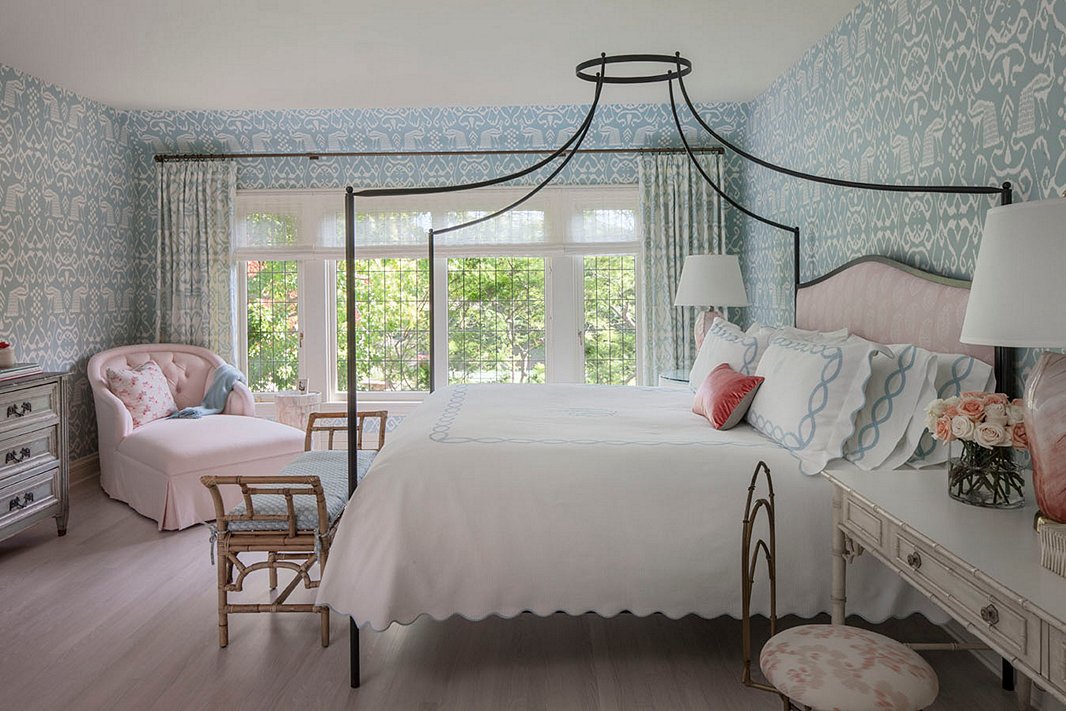
Photo courtesy of Massucco Warner; design by Melissa Warner Rothblum.
“It’s all about balance and realizing that not everything has to offer the same amount of excitement. If you tone down certain things, the rest will feel even more exciting.”—Melissa Warner Rothblum
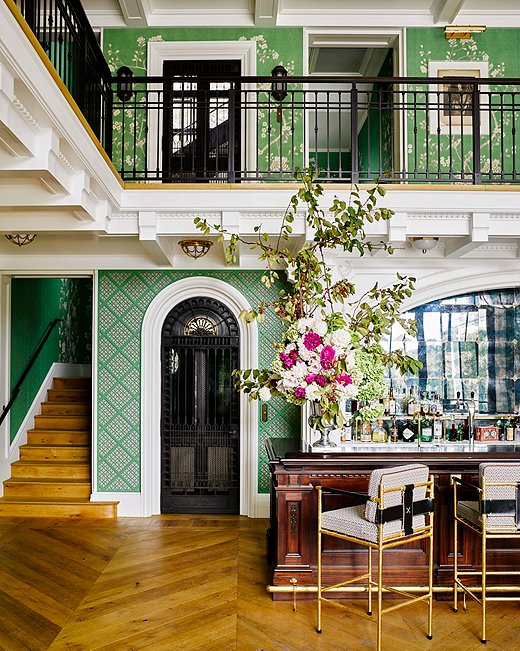
Photo by Douglas Friedman; design by Ken Fulk.
“Never compromise. If your inner voice tells you it’s supposed to be blue, it’s supposed to be blue. The minute you second-guess yourself, you’re in trouble. You just have to do it. You will never be led wrong by the inner voice.”—Hutton Wilkinson
“I like to think of tone-on-tone as more of a gradient or ombré, rather than multiple items in the same exact color. If you’re using beiges, for example, factor in all types of browns, from the lightest coffee cream to the darkest espresso bean. That’s where you get that highlight and contrast, and that’s what keeps things interesting to the eye.”—Ariel Okin
“Try to add something that sets the symmetry just a tad bit off. This will ensure the room isn’t too perfect.”—Amanda Nisbet
“It’s interesting to mix woods or grain materials for contrast. I think it’s more important to have the mix than the match.”—James Huniford
“Every room needs a mix: high and low, old and new.”—Kara Mann
“If you are true to your own tastes, then you will have a deeply personal interior unlike anyone else’s.”—Catherine Austin
“One of my favorite ways to add luxury is a beautiful bouquet of flowers. For any celebration big or small I always reach for florals.”—Ken Fulk
“Too many people try to make their homes feel like page 27 of a catalog. They rush and consequently don’t connect to the space or the sensation of creating a home that’s an extension of who you are.”—Jeremiah Brent
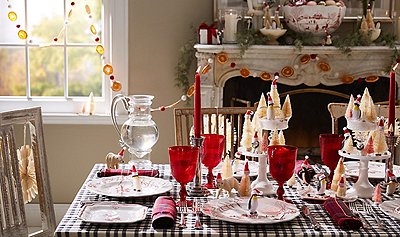
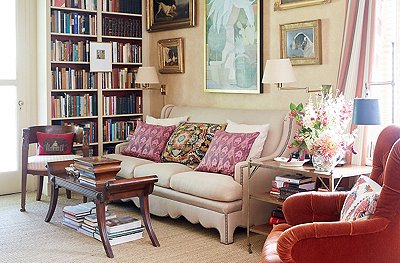
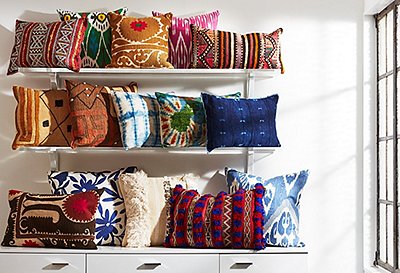
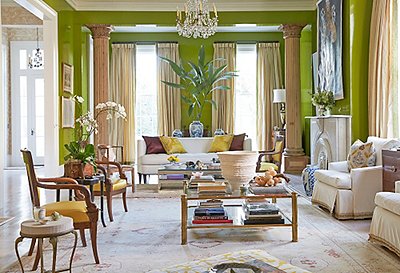

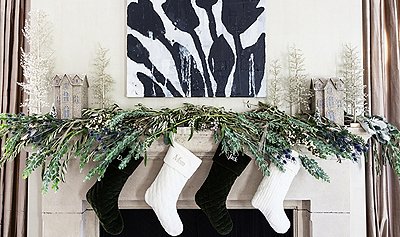
Join the Discussion